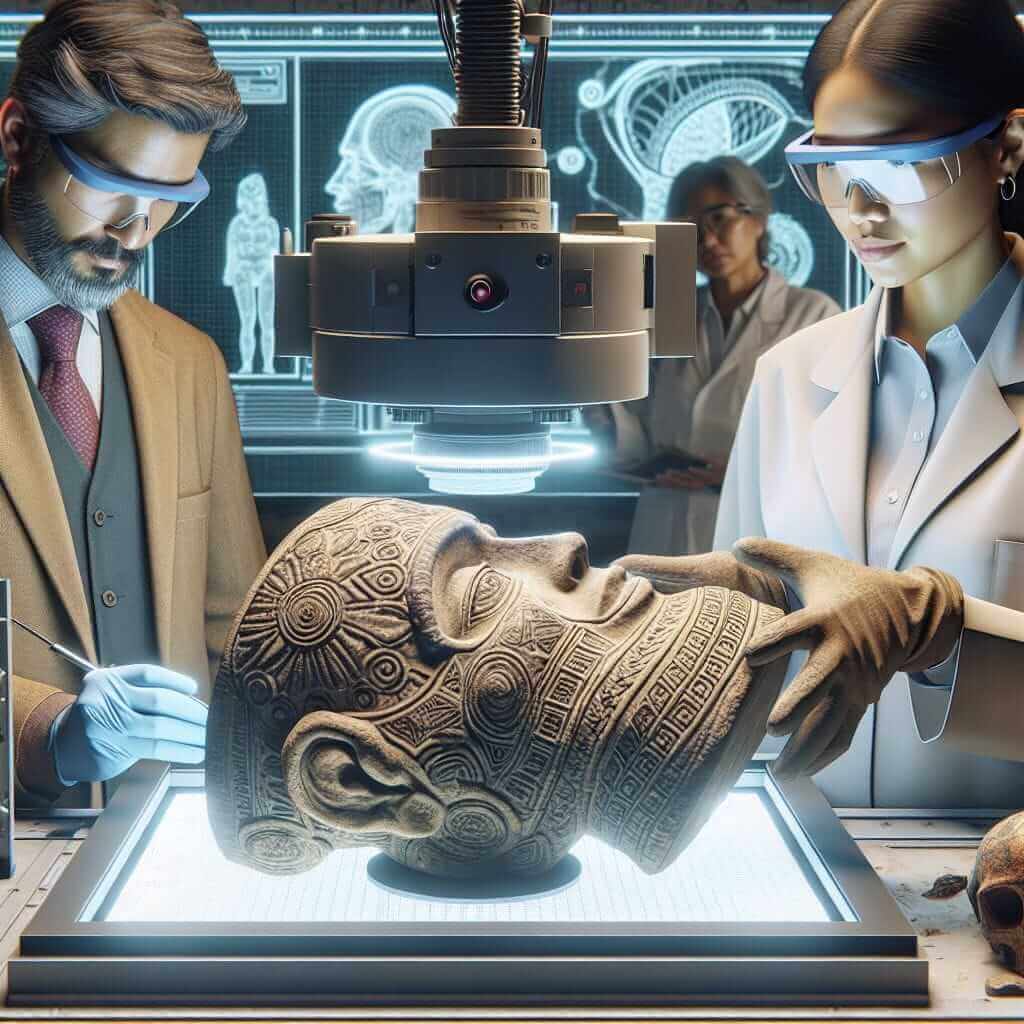The Reading section of the IELTS exam often features texts that require a deep understanding of both language and content. “Cultural Heritage and Digital Innovation” is a timely and fascinating topic that has appeared in past tests and remains relevant due to ongoing technological advancements. This article will explore this topic in depth by providing a full sample reading text, accompanying questions, answers, and detailed explanations. Additionally, we will discuss common pitfalls and key vocabulary and grammar points to focus on.
Sample IELTS Reading Text on “Cultural Heritage and Digital Innovation”
Cultural Heritage and Digital Innovation
Cultural heritage encompasses the legacy of physical artifacts and intangible attributes inherited from past generations, maintained in the present, and bestowed for the benefit of future generations. This includes tangible culture, such as buildings, monuments, and works of art, as well as intangible culture, such as folklore, traditions, language, and knowledge.
In recent years, digital innovation has revolutionized the preservation and dissemination of cultural heritage. Technologies such as 3D scanning, virtual reality (VR), augmented reality (AR), and artificial intelligence (AI) are providing new ways to experience and interact with cultural artifacts and sites. These technologies offer several benefits, including greater accessibility, digital preservation, and enhanced educational experiences.
For instance, 3D scanning allows for the creation of precise digital replicas of physical artifacts. These replicas can be shared and studied by people around the world, without requiring physical transportation of the artifacts. Similarly, VR and AR enable immersive experiences that can bring historical sites and objects to life in ways that traditional exhibits cannot.
Moreover, AI can be used to analyze large datasets related to cultural heritage, uncovering patterns and insights that might otherwise remain hidden. This can lead to new understandings and discoveries about historical artifacts and sites. AI algorithms are also being utilized to restore damaged artifacts by predicting the missing parts based on available data.
Despite the numerous advantages, the integration of digital technologies in cultural heritage preservation also poses certain challenges. The digital divide can exclude some communities from accessing these innovations due to inadequate technological infrastructure. Additionally, issues related to data privacy and the ethical use of digital replicas must be addressed to ensure that digital heritage initiatives are conducted responsibly.
The ongoing collaboration between cultural heritage professionals, technologists, and policymakers will be crucial in navigating these challenges and maximizing the benefits of digital innovation for cultural heritage preservation.
Sample Questions
True/False/Not Given
- Cultural heritage includes both tangible and intangible elements.
- 3D scanning is used to create physical replicas of artifacts.
- Virtual reality can be used to experience historical sites.
- AI can restore artifacts based on incomplete data.
- Digital innovation makes cultural heritage accessible to everyone.
Matching Headings
Match the following headings with the correct paragraphs (A-E) in the text:
a) Challenges of Digital Innovation
b) Benefits of 3D Scanning
c) Definition of Cultural Heritage
d) Collaborative Efforts for Preservation
e) Applications of AI in Cultural Heritage
Sentence Completion
Complete the sentences with NO MORE THAN THREE WORDS from the text:
- Cultural heritage includes buildings, monuments, and ____.
- VR can provide ___ experiences for historical sites.
- AI can reveal ___ in large datasets related to cultural heritage.
- The ___ can prevent some communities from accessing digital innovations.
Answer Key
True/False/Not Given
- True
- False (3D scanning creates digital replicas)
- True
- True
- False (The digital divide can exclude some communities)
Matching Headings
Paragraph A: c) Definition of Cultural Heritage
Paragraph B: b) Benefits of 3D Scanning
Paragraph C: e) Applications of AI in Cultural Heritage
Paragraph D: a) Challenges of Digital Innovation
Paragraph E: d) Collaborative Efforts for Preservation
Sentence Completion
- works of art
- immersive
- patterns and insights
- digital divide
Common Pitfalls
- Misreading the text: Always read the questions first to have a clear focus when reading the text.
- Skimming too quickly: While skimming is important, ensure you do not miss crucial details that could be vital for answering.
- Misinterpreting False/Not Given: Distinguish clearly between ‘False’ information and information ‘Not Given’ in the text.
Key Vocabulary
- Cultural Heritage (n): /ˈkʌltʃərəl ˈhɛrɪtɪdʒ/ – The legacy of physical artifacts and intangible attributes of a group or society.
- Digital Innovation (n): /ˈdɪdʒɪtl ˌɪnəˈveɪʃən/ – The use of new digital technologies to improve processes and create new opportunities.
- Immersive (adj): /ɪˈmɜːrsɪv/ – Providing a completely engaging environment that surrounds you so that you feel completely involved.
- Algorithm (n): /ˈælɡərɪðəm/ – A set of rules to be followed in problem-solving operations, especially by a computer.
Grammar Focus
- Passive Voice: Often used in formal writing to emphasize the action rather than the actor.
Example: “These technologies are providing new ways to experience and interact with cultural artifacts.” - Relative Clauses: Provide additional information about a noun without starting a new sentence.
Example: “Cultural heritage encompasses the legacy of physical artifacts and intangible attributes inherited from past generations.”
Advice for Improving Reading Scores
- Practice regularly with mock tests to build familiarity with the format and types of questions.
- Enhance your vocabulary by reading extensively on various subjects, particularly those related to common IELTS topics like technology, culture, and science.
- Time management is key during the test. Practice under timed conditions to improve your speed without compromising accuracy.
- Review your mistakes to understand where you went wrong and learn from them to avoid repeating the same errors.
For more insights on how technology influences cultural preservation, you might find these articles helpful: The Influence of Technology on Cultural Preservation and The Importance of Cultural Heritage Preservation.

By incorporating these practices and focusing on areas where you can improve, you’ll be well-prepared to achieve a high score on the Reading section of the IELTS exam.